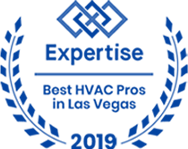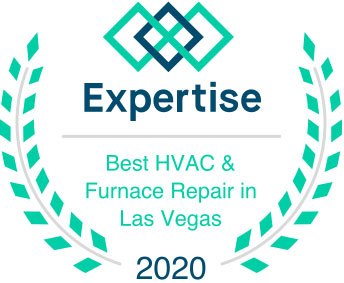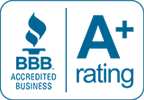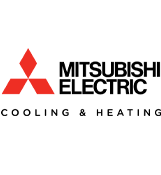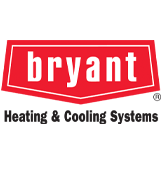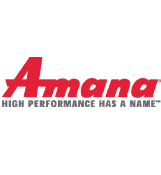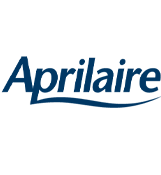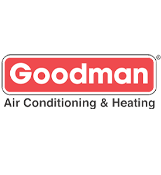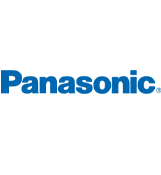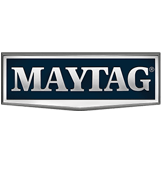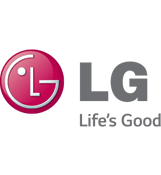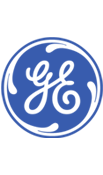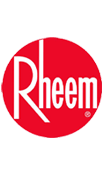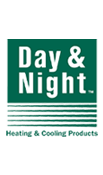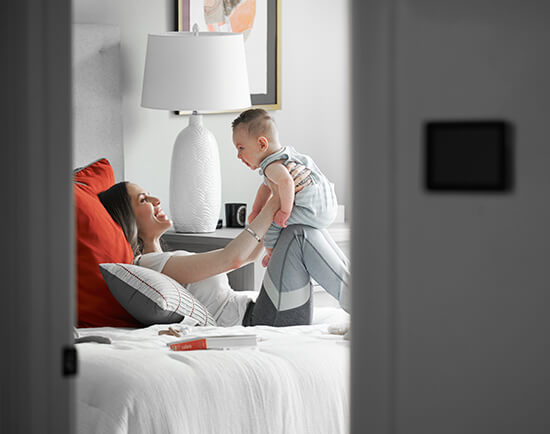
The indoor air quality in our homes is a serious concern that the EPA warns is one of the greatest health risks facing modern Americans. Each season brings with it its own set of IAQ challenges. Autumn is an interesting time of year in Nevada because there is a lot of variation depending on where you live. It can feel like an extended summer at times, but it also brings unpredictability along with more allergies and the cold and flu season. In this spirit, let us consider how the fall season may affect your indoor air quality and some of the steps you can take to avoid those problems or at least make them less severe.
Allergies Are the Number One Issue
March and April are considered to be the height of allergy season for the average Nevadan. But practically anyone affected by springtime allergies will feel the effects in fall too due to the abundance of ragweed. Pollination can occur as early as late summer, and if you have a known ragweed allergy—which you can be tested for—your allergist will usually have you medicating in advance of this period.
Ragweed is so pervasive that it is often impossible to avoid. Medication whether over the counter or prescribed makes a big difference. You can also navigate your life around it, such as avoiding outdoor activities in the morning and early afternoon, which is when pollen counts are highest. When indoors, it is best to rely on the air conditioning or at least the mechanical ventilation system. Natural ventilation, such as flinging the windows open, is not recommended as it can introduce numerous triggers to your home.
Even Without Allergies, Dust and Mold Spores Are Cause for Concern
People prone to allergic reactions must also worry about dust and mold spores in autumn, but it is important to point out that these two pollutants are troublemakers for all due to the way that they can undermine indoor air quality. Mold spores are prevalent this time of year and often spread on the wind. Be particularly careful not to introduce mold to the home, such as through overwatered houseplants.
Dust is a problem year-round, but it is a bigger issue in autumn because this is the period where you begin to spend more time indoors and rely more on your mechanical ventilation system. The issue with dust is that it provides a breeding ground for dust mites and that it traps pollutants and contaminants and allows them to continue releasing into your home over time. The best defense against dust is to dust often and to use a vacuum with a HEPA filter in order to ensure that you get most of it.
Low Humidity and Home Heating Combine for Dry Air
Low humidity is one of the signature characteristics of the local climate. People with certain respiratory conditions even move into the area to take advantage of the local weather. But it is notable that humidity can be too low as well, and this issue often rears its head when you have to turn the heat on. Heating systems tend to dry out the air, and since the local humidity is already low, that makes it easy to experience irritation of the skin, eyes, nose, mouth, and throat. Humidification is the key to avoiding these troubles. A whole-home humidifier is an effective and worthwhile investment, but even a portable humidifier that you bring with you from room to room can make a big difference in how you feel.
Cold and Flu Season Is Upon You as Well
Spending more time indoors is what kicks off cold and flu season as well, and October, which is just about a week removed from the start of autumn, is often the flu season peak. Local health officials recommend getting vaccinated for the flu in advance of the fall season. As autumn progresses, practice social distancing, adhere to mask mandates, and keep your hands washed and sanitized. If you want to take additional measures for your home, then you may want to consider whole-home air purification. Germicidal UV lights, for instance, can actually kill the flu virus along with many other germs.
Be Wary of Airborne Contaminants
Airborne contaminants are cause for concern throughout the season. One issue is beyond your control, and that is the local air quality index or AQI. In a number of counties throughout Nevada, particulate matter levels have been trending in the wrong direction, and this is something to watch for. You may want to limit your outdoor exposure when the AQI will be in the moderate range. When it is higher than moderate, you should remain indoors as much as possible until it passes. You should also be careful not to introduce airborne contaminants into your home. Common ways that people do this include houseplants, household cleaners, deodorizers, candles, new furniture, and so forth.
Less Airflow
As you spend more time indoors, air circulation in the home becomes more cause for concern. If you are able to open the windows, that natural ventilation can make a big difference. If you are not, then you have to rely solely on your mechanical ventilation system. It is very important that you have that system professionally examined every several years or so. If your ventilation system is not moving enough air, it can result in indoor air pollution levels being much higher than outside levels.
Broad Temperature Fluctuations
Wide temperature fluctuations are also common in autumn, and the contrast between day and night can be rather stark depending on where you live. We highly recommend that homeowners invest in a smart thermostat. These are relatively small expenditures and can make a big difference in keeping your home at the appropriate temperature and avoiding any IAQ issues that can come from the heat and cold.
Heating Equipment Use
Autumn is the time of year that you may first use your heat pump, furnace, or whichever heating equipment you use to heat your home. Your home heating system is essential to your comfort, but it can also be a great source of indoor air pollution. Problems can include dust, carbon monoxide, and dry air. A seasonal tune-up and inspection are strongly encouraged and necessary if your system is still under warranty. If your local HVAC technician is the first person to start your heating system this fall, you can rest assured that it will not be polluting your air and that there will be no surprises come winter.
Count on Your IAQ Professionals in Las Vegas
Polar Air & Heating, Inc. has served Las Vegas and the neighboring communities since 1988. That means that we have more than three decades of experience helping our customers breathe healthier air. Our indoor air quality services extend to ventilation, humidifiers, dehumidifiers, filtration, air purification, and germicidal UV lights. We also install, service, and repair both ducted and ductless heating and cooling systems, and we are available on an emergency basis for air conditioning failures. Call us today or contact us online to learn more about our services or to schedule an appointment at your convenience!

